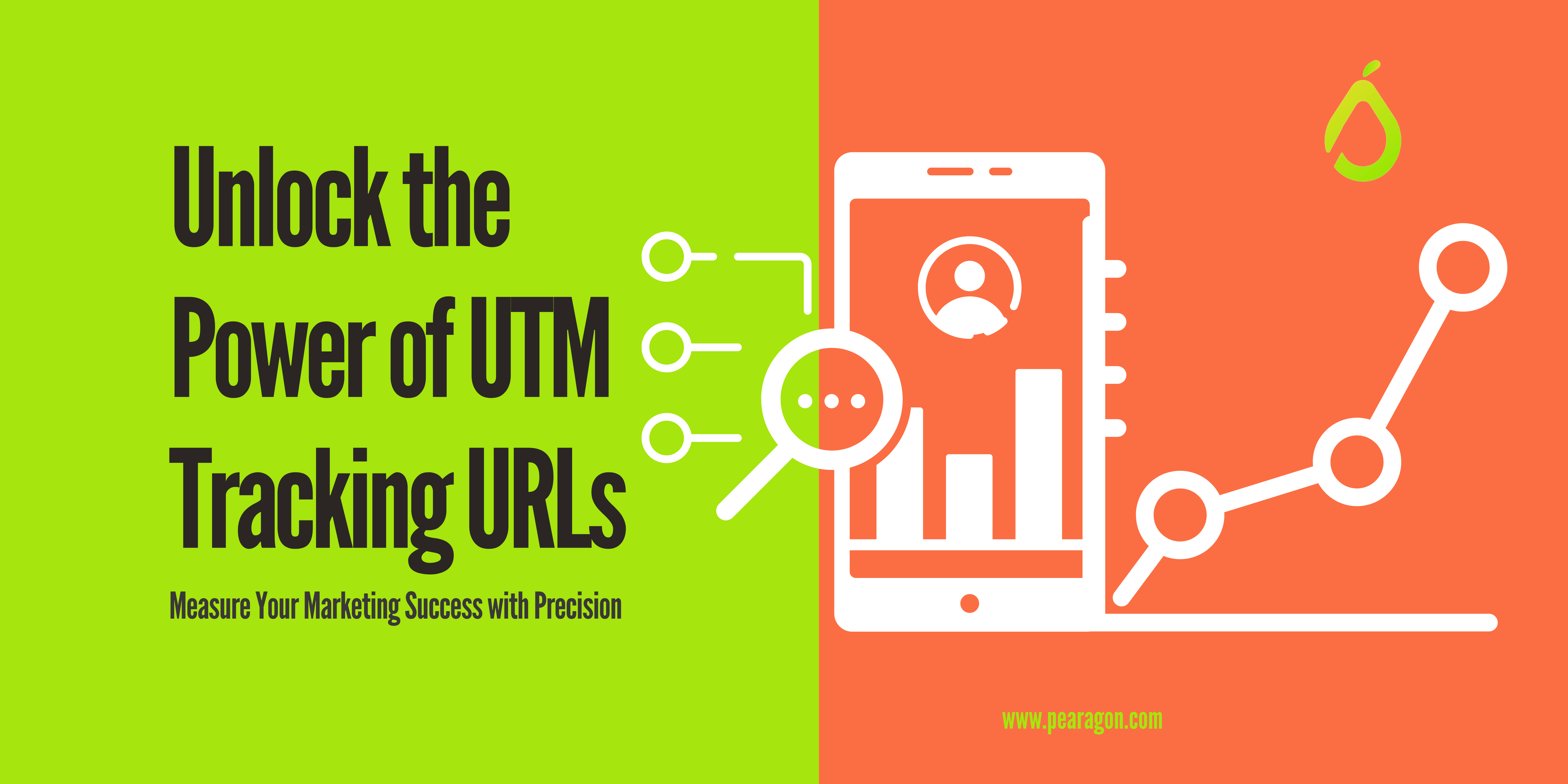Unlock the Power of UTM Tracking URLS
How much money do you spend on marketing your brand? According to Databox, most small business owners spend $5,000 to $15,000 on marketing annually.
It's safe to say that most businesses spend significantly on marketing, which is where Urchin Tracking Module (UTM) codes come in.

What are UTM Modules?
Urchin Tracking Module (UTM) codes, parameters, or tracking tags are simple and customizable text snippets that you can incorporate at the end of your URLs to keep track of specified metrics concerning your marketing campaigns.
They are usually used to track where your traffic comes from so you can know which platforms yield the best results. While the HubSpot Marketing Hub also provides the sources of your marketing campaign traffic, the UTM codes go one step further to detail the specific pages or posts within these sources that drive the most traffic to your site!
UTM Parameters
Typically, UTM codes tend to fall under five primary parameter categories...
Term (utm_term)When implementing a PPC ad campaign, you can use this code to associate specified links with paid-for keywords.
For example, you could add utm_term=fitness+center.
Campaign (utm_campaign)You can use this tracking code in links designated for specific promotions or campaigns. That way, you can determine which type of campaign has the best returns.
For example, you could add utm_campaign=ChristmasOffer.
Content (utm_content)Let's say you have created a piece of content with several links to your website. If you want to determine which link a user clicked on as part of your A/B testing strategy, you will need to use the utm_content tracking tag.
For example, a link on the sidebar could be utm_content=sidebarlink.
Source (utm_source)You can use the source UTM tracking tag when you need to track where you will publish your links and learn about the platforms that are driving the most traffic to your landing pages.
Such platforms include social media channels like Facebook, Twitter, and LinkedIn. For example, a link from Facebook would be utm_source=facebook.
Medium (utm_medium)Suppose you intend to use multiple marketing channels, such as social media, email, and guest blogs, to promote your brand. In that case, you can use utm_medium to track a link within a specific marketing channel.
For example, if you intend to send marketing emails, you can use utm_medium=email.
How to Implement the UTM Tracking URLs
Suppose you want to include a UTM code to track a marketing campaign promoting a free audit offered by Pearagon to small/medium businesses.
Here is a more detailed example of how that could work:
- The following links to an article about a free HubSpot audit on Pearagon: https://resources.pearagon.com/hubspot-free-audit.
- If we want to signal to our analytics software that a UTM parameter will follow, we will include a question mark (?) at the end of that link. The link then becomes: https://resources.pearagon.com/hubspot-free-audit?
- Let's use the Free HubSpot Audit blog post as the marketing campaign and promote it via Facebook. In that case, our UTM parameters will be: utm_campaign=free_hubspot_udit, utm_medium=social, and utm_source=facebook.
- We will then combine all these UTM tracking parameters using an ampersand sign (&) between each one. So, they will appear as utm_campaign=free_hubspot_audit&utm_medium=social&utm_source=facebook.
- After that, we can incorporate the entire phrase into our URL after the question mark sign. Therefore, the final UTM tracking URL will look like this: https://resources.pearagon.com/hubspot-free-audit? utm_campaign=free_hubspot_audit&utm_medium=social&utm_source=facebook.
On the other hand, if we wanted to track how the same blog article is performing on LinkedIn, the snippet would change to:
https://resources.pearagon.com/hubspot-freeauditutm_campaign=free_hubspot_audit&utm_medium=social&utm_source=linkedin.
Why Use UTM Codes?
While implementing it may require time and effort, UTM tracking URLs offer several advantages...
Pinpoint Effective Marketing Channels
UTM codes can enable you to gain insight into your omnichannel marketing efforts. They let you know whether your typical customers use one or more of your channels and what steps they take before buying.
And that, in turn, enables you to attribute sales to the correct channels so that all the relevant parties get the credit they deserve.
Improve Tracking for Marketing Campaigns
Your value proposition is statement that explains what your product or service's benefits are. It must be clear, concise, customer-oriented, and conversational while conveying the desired emotions.
To define your value proposition, you must understand your product or service, its features, and its benefits. Once you have all these facts at your fingertips, you must identify your benefits' unique aspects and how they specifically solve your target audience's needs. Knowing these things will be instrumental in helping you craft your branding message.
Improve Marketing Messages and ROI
Learning as much as possible about where your traffic comes from will enable you to adjust your marketing campaigns to increase your traffic and conversion numbers.
Generally, the more UTM tracking URLs you use, the more you’ll learn about marketing, thus making you more successful. However, keeping track of your UTM tracking process can take a lot of work.
Luckily, HubSpot’s Free UTM generator, consists of a simple spreadsheet template, you can streamline the creation and organization of your UTM links and improve your marketing ROI quickly.
Receive Pearagon's Newsletter

